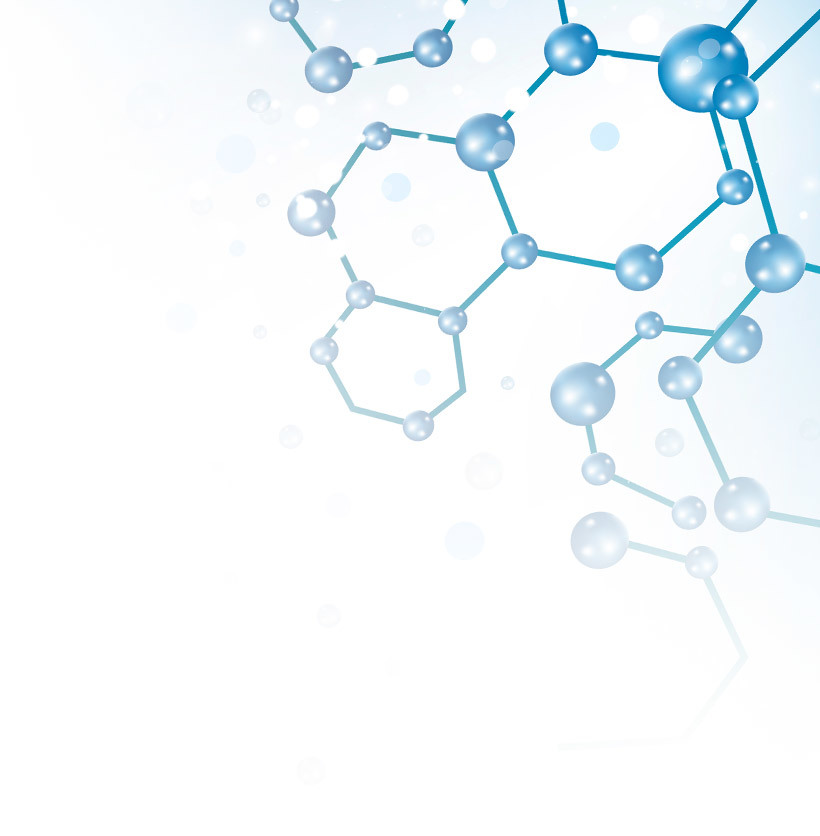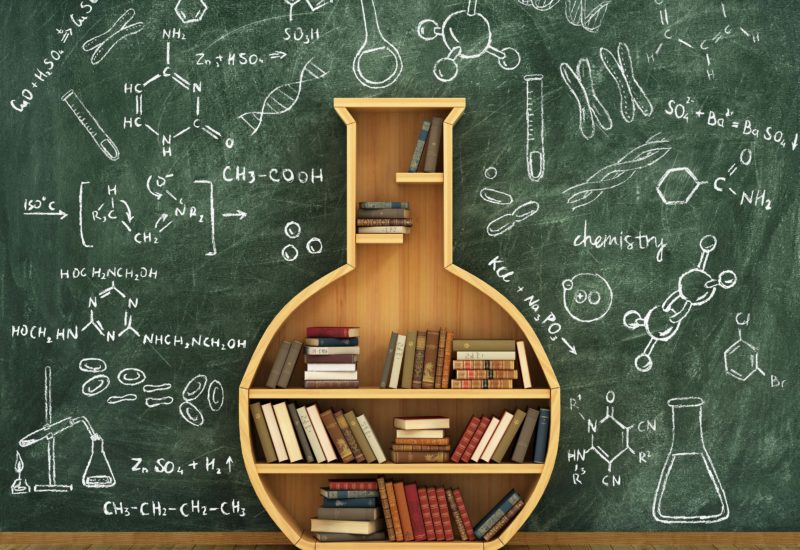

Meet the Scientists: Analytical Services’ Chandra Kollu & Nadya Galeva
- Meet the Scientist
- September 21, 2021
- Michael Millhollen
This month we’re featuring two of the experts in our analytical services department: Senior Scientist Chandra Kollu and Mass Spectrometry Specialist Nadya Galeva. We asked Chandra and Nadya to answer a few questions to let us get to know them a little better:
Question: What responsibilities do you have in your current role; what does your role entail?
Chandra: I am responsible for the conduct of quantitative LC-MS/MS analysis in support of XenoTech (SXT) services and products which include various in vitro and non-regulated bioanalysis studies from method development to sample analysis. I have been with SXT for 10 years with prior experience in regulated bioanalysis at Covance laboratories. My role at SXT started as Research Scientist performing method development, validations and sample analysis in the lab then transitioned to Study Director/Principal Investigator on quantitative LC-MS/MS studies from method development to sample analysis. As part of the leadership team in Analytical Services at SXT I manage a team of scientists and responsible for their training, career development and scientific growth. Additional responsibilities include writing and reviewing SOPs, Protocols, reports, assisting in staffing, scheduling, department budget preparation, analytical instrumentation purchase and client support.
Nadya: My overall responsibilities involve the conduct of analytical activities related to in vitro and in vivo metabolite profiling and characterization studies for drugs in development. In order to detect drug metabolites we utilize high resolution time of flight mass spectrometry (MS) coupled with ultrahigh pressure liquid chromatography (UPLC) technology for sample analysis. My job is to make sure we determine everything that is related to the drug compound in accordance with the Safety testing of metabolites guidance from FDA (March 2020). We process the obtained data with software that allows us to look at each sample in comparison to a control and perform data interpretation to identify components that are related to metabolism of a drug compound. We then follow up with a series of UPLC-MSMS (tandem mass spectrometry) experiments that allow us to obtain unique spectra (component finger prints) by breaking down parent or metabolite molecular ions into fragment ions. Based on the measured exact mass of the fragments we perform metabolite structure elucidation and propose the biotransformations that lead to the metabolite formation.
Metabolic evaluation is recommended by FDA in all stages of drug development, especially in clinical trials (on humans). Recently my responsibilities have extended to designing in vivo MetID studies based on clinical protocols.
Question: What do you like about it?
Chandra: Everything! I’m grateful for the opportunity to work in drug discovery and development. Chance to work with diverse compounds, training other employees and providing quality data with best possible LC-MS methods are the most satisfying aspects of my role. My previous role was in in vivo bioanalysis and I got to learn about in vitro studies and apply my bioanalysis knowledge for in vitro analytical support and continue to support bioanalysis for non-regulated studies. I have been interested in chromatography, analytical techniques since my undergraduate days and I enjoy applying my years of chromatography knowledge using various techniques such as reverse phase, HILIC and ion pair chromatography etc. I also like going through metrics and data analysis to understand resource utilization (both instruments and personnel), scheduling and future planning.
Nadya: I like the variety that comes with every study. And not just a variety of drug candidate molecular structures provided by our clients, but also a variety of metabolic pathways that we observe. I feel privileged to be the first looking at the data, and I feel challenged by every compound we analyze. Mass spectrometry is an amazing tool as it allows us to see compounds as individuals with unique ion distributions, fragment ions and overall unique properties. Metabolite properties closely resemble the parent drug compound’s properties and that’s where I like to be, making the connections, thinking of structural changes that led to metabolite formation. Solving MSMS spectra is like solving a puzzle, or sometimes a mystery, which is my favorite hobby!
Question: Why did you want to work for SXT and/or what keeps you coming back to work?
Chandra: We get to see a variety of compounds and situations where we have to find solutions to deliver quality data and in turn help with potential lifesaving medication development. The problem solving aspect of my job and training/helping other employees in the process is most rewarding to me. In addition, the opportunity to learn something new every day in my versatile role with responsibilities in managing a team, study direction, liaison between internal services team and external sponsors and as senior scientific staff in the department.
Nadya: I came to SXT with years of prior experience in mass spectrometry. My Ph.D. theses used MS for measuring vapor pressure to calculate the thermodynamic parameters of new synthetic compounds. And my previous work experience was with applications of UPLC-MS to answering biological questions about large molecules, such as proteins. I was excited to go into the pharmaceutical industry and of course to learn how I could apply my knowledge to small molecule MS analysis. I have also been a member of American Society for Mass Spectrometry (ASMS) since 2003, and I am glad to see that my company invests in the best UPLC-MS instrumentation.
I believe that working at SXT is an incredible opportunity for me or any other scientist here. Drug development is a fascinating field and SXT is at the very heart of it. The professional development at SXT is natural as we have a chance to learn so much every day, thanks to our clients that provide us with new compounds and new challenges.
Question: What studies/projects/services that you work on most interest you and why?
Chandra: In vitro analytical support has different challenges compared to in vivo samples and each assay or study type may require some kind of adjustments to LCMS methods. The initial planning of methods to support various in vitro assay types is interesting which requires understanding of assay procedures in addition to LC-MS experience. As a bioanalyst I get to see a wide variety of data from in vitro and in vivo studies and its importance in drug development.
Nadya: If I say that the most memorable studies for me are the unusual ones, that would be inaccurate because there are no usual, or no easy studies. But some studies stood out for me because they were very unusual. When a compound was so reactive that it was producing metabolites (non-enzymatic of course) in controls. When a compound had a tin in its structure, it showed the most mesmerizing ion distribution. Tin is an element with the greatest number of stable isotopes, 10! Highlights of last year also include working on the study with a molecule that was used in the formulation of the Covid vaccine.
Question: Is there a specific study, challenge or project that stands out as particularly memorable for you?
Chandra: Over the years I had the opportunity to work on some of the challenging compounds for LC-MS method development. One project involved understanding stability issues in the matrix and resolving it by finding a suitable stabilization agent for accurate quantitation of the test compound in the matrix. Another project required extensive method development and evaluation for separation and quantitation of multiple analytes (parent and its metabolites) with limited sample volume without the possibility for reanalysis. In addition, there were numerous cases of troubleshooting due to various issues that required additional attention by critical review of the underlying data and helped the team understand method issues and problem solving using the knowledge.
I always remember the days in search of that perfect Gaussian chromatographic peak doing that ‘one last injection’ in the lab!
Nadya: Perhaps the most memorable studies for me have been the ones when we truly collaborated with a client. During my second year at SXT, the client wanted to be involved in data interpretation because she had experience, she shared her tables and calculations that basically showed me an alternative way of dealing with data. In another study when we could not complete our interpretation for one of the metabolites, the client, being excited about the results, shared a mechanism of a multi-step metabolic process with us, something that I did not know at the time and still have not seen in any publication. I really appreciate that participation and enthusiasm for the data that I can share with a client.
Learn more about our Analytical Services department and services
About the Authors
Related Posts
Meet the Scientist: Darina Hynes
Meet the Scientist: Stephanie Helmstetter
Meet the Scientist: Lois Haupt
Building a reputation for excellence
We are proud to have some of the brightest minds in DDI & DMPK research in our labs. Browse our new Meet Our Experts page where you can find bios for some of our most seasoned scientists working on both Contract Research & Test Systems teams.

Read more about the research performed at XenoTech
Access ADME™ is our all-inclusive repository for scientific resources. Find scientific posters, publications, blog posts, webinars and more relating to ADME/DMPK, drug-drug interactions and other studies.
